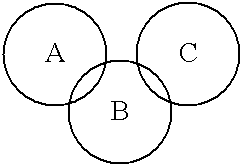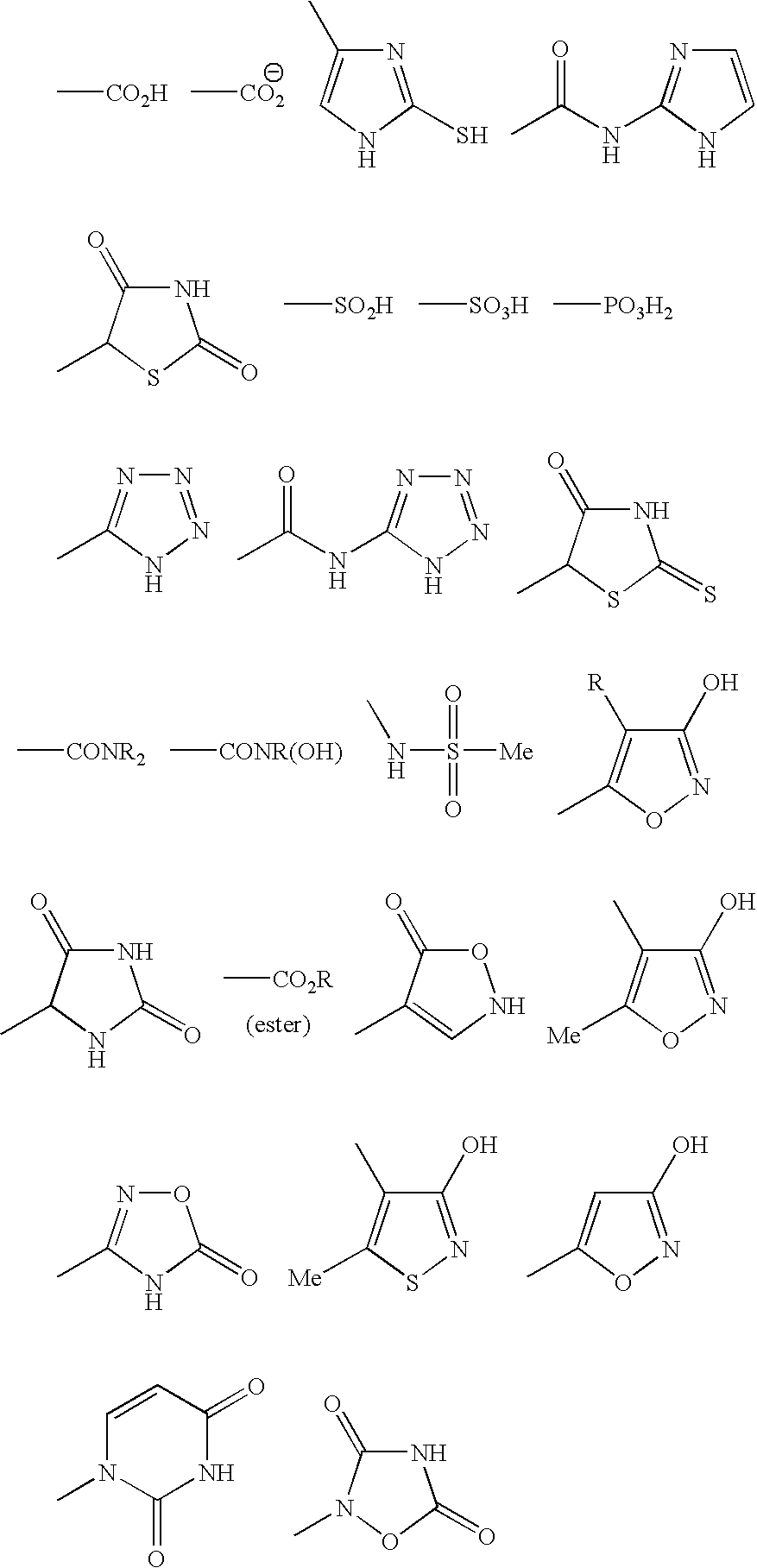Small molecules for treatment of hypercholesterolemia and related diseases
a hypercholesterolemia and hypercholesterolemia technology, applied in the direction of metabolism disorders, drug compositions, peptide/protein ingredients, etc., can solve the problems of raised safety concerns, drug side effects that are undesirable, and none of the commercially available drug therapies adequately stimulate the reverse cholesterol transpor
- Summary
- Abstract
- Description
- Claims
- Application Information
AI Technical Summary
Problems solved by technology
Method used
Image
Examples
Embodiment Construction
[0049] The mediators of RCT in preferred embodiments mimic ApoA-I function and activity. In a broad aspect, these mediators are molecules comprising three regions, an “acidic” region, a lipophilic (e.g., aromatic) region, and a basic region. The molecules preferably contain a positively charged region, a negatively charged region, and an uncharged, lipophilic region. The locations of the regions with respect to one another can vary between molecules; thus, in a preferred embodiment, the molecules mediate RCT regardless of the relative positions of the three regions within each molecule. Whereas in some preferred embodiments, the molecular template or model comprises an “acidic” amino acid-derived residue, a lipophilic amino acid-derived residue, and a basic amino acid-derived residue, linked in any order to form a mediator of RCT, in other preferred embodiments, the molecular model can be embodied by a single residue having acidic, lipophilic and basic regions, such as for example, ...
PUM
| Property | Measurement | Unit |
|---|---|---|
| Fraction | aaaaa | aaaaa |
| Time | aaaaa | aaaaa |
| Molality | aaaaa | aaaaa |
Abstract
Description
Claims
Application Information
 Login to View More
Login to View More - R&D
- Intellectual Property
- Life Sciences
- Materials
- Tech Scout
- Unparalleled Data Quality
- Higher Quality Content
- 60% Fewer Hallucinations
Browse by: Latest US Patents, China's latest patents, Technical Efficacy Thesaurus, Application Domain, Technology Topic, Popular Technical Reports.
© 2025 PatSnap. All rights reserved.Legal|Privacy policy|Modern Slavery Act Transparency Statement|Sitemap|About US| Contact US: help@patsnap.com



